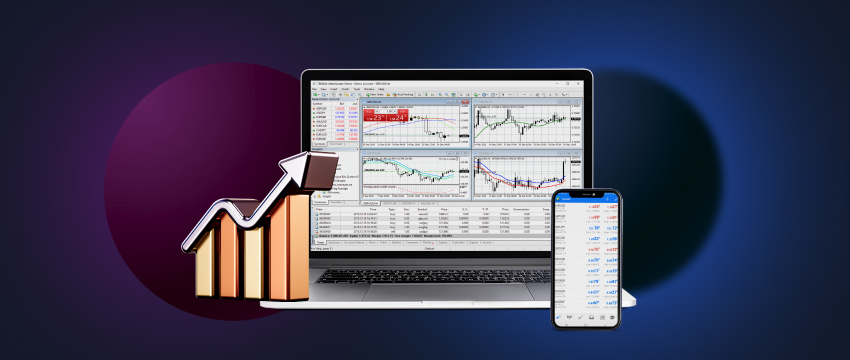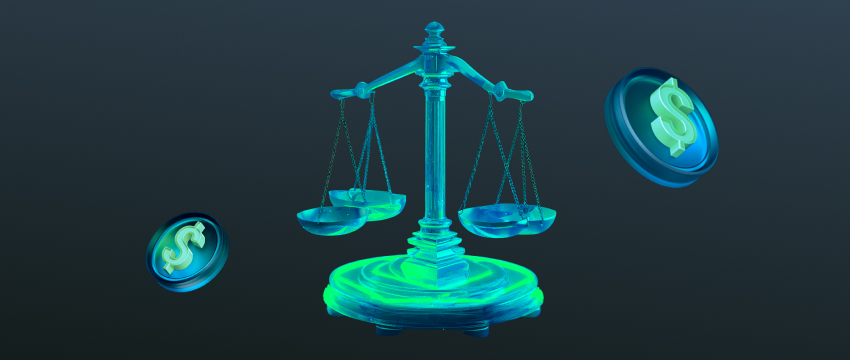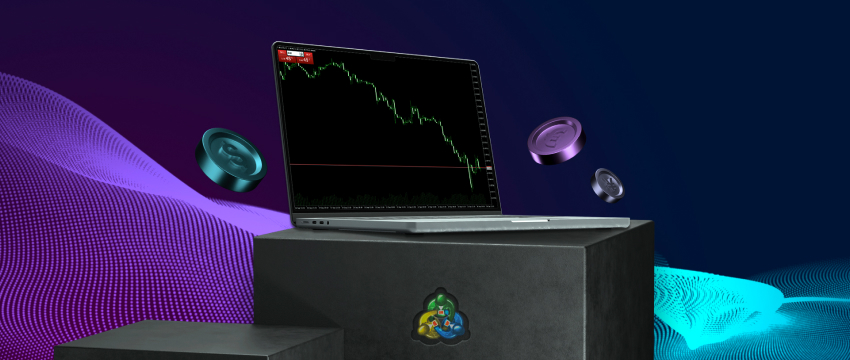CFD trading has become a common form of derivative trading. It allows traders to speculate on price movements of different financial instruments without having to own the underlying asset.
In CFD trading, a trader enters into a contract with a broker to exchange the difference in an asset’s price between the opening and closing of that contract. This allows the trader to potentially profit from both bearish and bullish markets.
Trading CFDs appeals to all types of traders for many reasons. This includes the use of leverage, the ability to trade on margin, and access to a wide range of markets. This comprises stocks, currency pairs, metals, commodities, indices, futures, and even cryptocurrencies where permitted. CFD trading does come with considerable risk however, particularly because of leverage. This is because both profits and losses can be magnified.
Given just how risky CFD trading can be, developing a robust trading strategy is vital for achieving success. Optimised strategies focus on research, analysis, risk management, and a robust trading psychology. They also include a commitment to ongoing learning and staying informed to mitigate the impact of a volatile market conditions. Every trader will of course have a unique approach to CFD trading. This will largely be based on their trading style, financial objectives, level of risk aversion, budget, etc. It is therefore important to have a good understanding of the strategies available and tailor them to one’s individual needs.
General strategies for CFD trading
1. Risk management
Risk management is probably one of the most essential components of a CFD trading strategy. The trader must establish the amount of capital they’re willing to risk on every position, and strictly stick to it. Relevant risk management techniques must also be implemented to safeguard the trader’s funds. This includes stop-loss and take profit orders, which go into effect when specific loss or profit levels are reached.
2. Diversification of investments
Portfolio diversification is another key tactic that’s often integrated into one’s CFD trading strategy. Using this approach, a CFD trader will typically avoid putting all their capital into a single CFD trade. Instead, they’ll look at investing in different instruments and sectors to spread the risk. In this way, should one position perform negatively, the trader has others to fall back on, minimising loss.
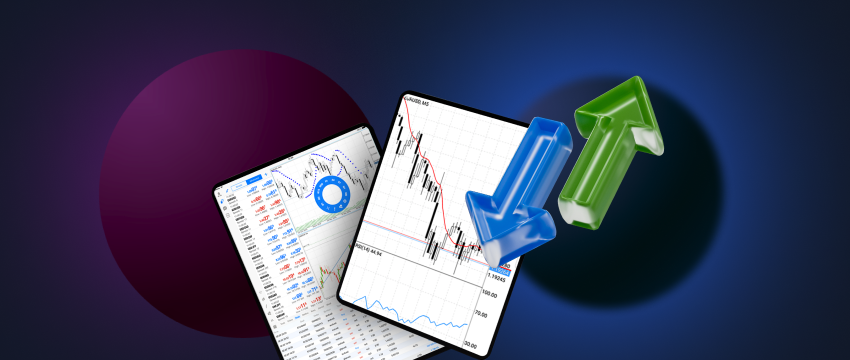
3. Technical analysis
Part of any well-planned CFD trading strategy is the integration of technical analysis. While not foolproof, this form of analysis plays a crucial role in making trading decisions. Some of the top technical analysis tools include:
- RSI (Relative Strength Index) Indicator to measure the strength or weakness of an asset against its price history.
- MA (Moving Average) Indicator which identifies price trends in the market.
- Bollinger bands are used to detect the strength of a trend and time market entries.
- EMA (Exponential Moving Average) Indicator which measure trend direction over a period of time.
- Fibonacci (Retracements) that help to predict how high or low a stock’s price will go.
- MACD (Moving Average Convergence Divergence) Indicator that assists in identifying trends, momentum, direction and strength in the stock market.
- Stoch RSI (Stochastics) Indicator that aims to create more overbought and oversold signals that RSI (employing RSI values).
- Support and Resistance which represent key points for traders on when to enter or exit a trade.
- Ichimoku Clouds are indicator charts that show Support and Resistance details, as well as stock momentum and trends all in one screen.
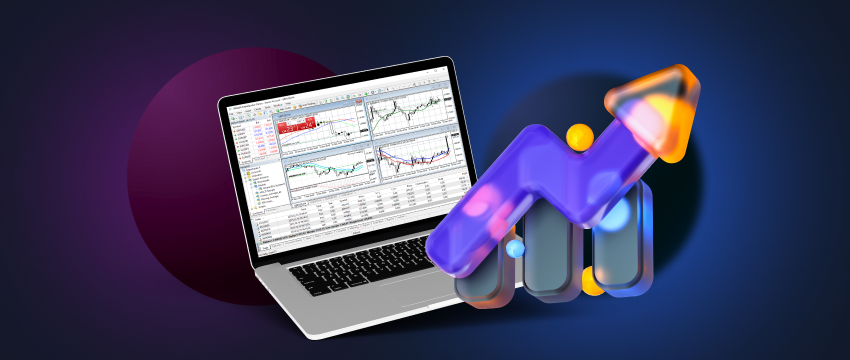
4. Fundamental analysis of CFD trading
CFD traders will also consider fundamental factors in the implementation of their CFD trading strategy. This includes central bank announcements, economic data, company earnings, profit and loss statements, and also geopolitical instabilities. The reason for monitoring these variables is due to their impact on the price of underlying assets. They have the potential to drive prices up or down, impacting CFD trading outcomes.
5. Demo trading account & ongoing learning CFD trading
Another great strategy for CFD trading is working towards boosting your skills on an ongoing basis. While this may seem nonsensical if you’re a professional trader, it actually holds great merit, regardless of expertise. A demo trading account allows even the most seasoned trader to test out even their most complex trading strategies and measure results.
Traders can enter and exit trades to compare outcomes. They can use the demo account to learn more about technical analysis to make more informed financial decisions. Further, one uses virtual funds when using a demo trading account. This provides the trader with the peace of mind that they aren’t putting their own money at risk as they bolster their expertise.
Beyond using a demo trading account, there are many other ways that a trader can enhance their skills. There are an abundance of CFD trading related educational resources available online to learn more about this type of trading. In fact, most reputable brokers will provide their traders with a wealth of information to increase their potential for success.
For instance, a broker like T4Trade has a popular online Academy through which traders can access videos-on-demand, podcasts, webinars, eBooks, Live TV and even an Economic Calendar. Additionally, traders can also make use of the blogs on T4Trade’s website which cover a range of CFD trading topics and fundamentals.
6. Understanding leverage
We include this point as a what should be an inherent component of any effective trading strategy. Seeing as CFDs are highly-leveraged, having a proper understanding of the risks that leverage imposes is crucial. Let’s not forget that approximately 80% of CFD traders lose their money, and leverage likely plays a role. More accurately, the misuse of leverage. Remember that leverage can amplify both losses and gains.
If you don’t know how to use it properly, chances are, you’ll lose all of your money. Ensure you understand the complexities of leverage before making use of it. Widen your scope of knowledge in regards to CFD trading and how leverage can impact trading outcomes. Don’t be blinded by its potential for maximing profits, be mindful that it can just just as quickly devastate your capital.
7. Trading psychology
Another important aspect of an effective CFD trading strategy is one that focuses on the impact of emotions on trading decisions. Emotive trading can often result in negative trading outcomes, if the trader has acted on impulse, fear or greed. This is why your stragey for CFD trading must include ways of managing your feelings to ensure that decision making remains:
- Objective
- Rational
- Sensible
- Within budget

Popular CFD trading styles
There are many different ways to trade CFDs. How you choose to trade really depends on the amount of time you have to trade, your budget, and your goals.
Should you opt for day trading, this will entail executing multiple trades throughout the day, and likely closing positions at the end of the trading session. A day trader attempts to make gains from the underlying asset’s price movements. He or she will use technical analysis to make trading decisions. A scalper is similar to a day trader, opening a large volume of trades frequently in a trading day. Scalping, traders typically hold onto positions for a few seconds to a few minutes.
In the case of swing trading, the trader attempts to capture medium-term price movements, holding onto positions for days or weeks. In position trading, the trader will usually adopt a more long-term approach. This can see positions being held onto for several months or years. They’ll like make use of fundamental analysis for trade execution. Other CFD traders may even adopt a news trading approach which entails monitoring financial news, announcements, releases and events to make trading decisions.
Disclaimer: This material is for general informational and educational purposes only and should not be considered investment advice or an investment recommendation. T4Trade is not responsible for any data provided by third parties referenced or hyperlinked in this communication.
